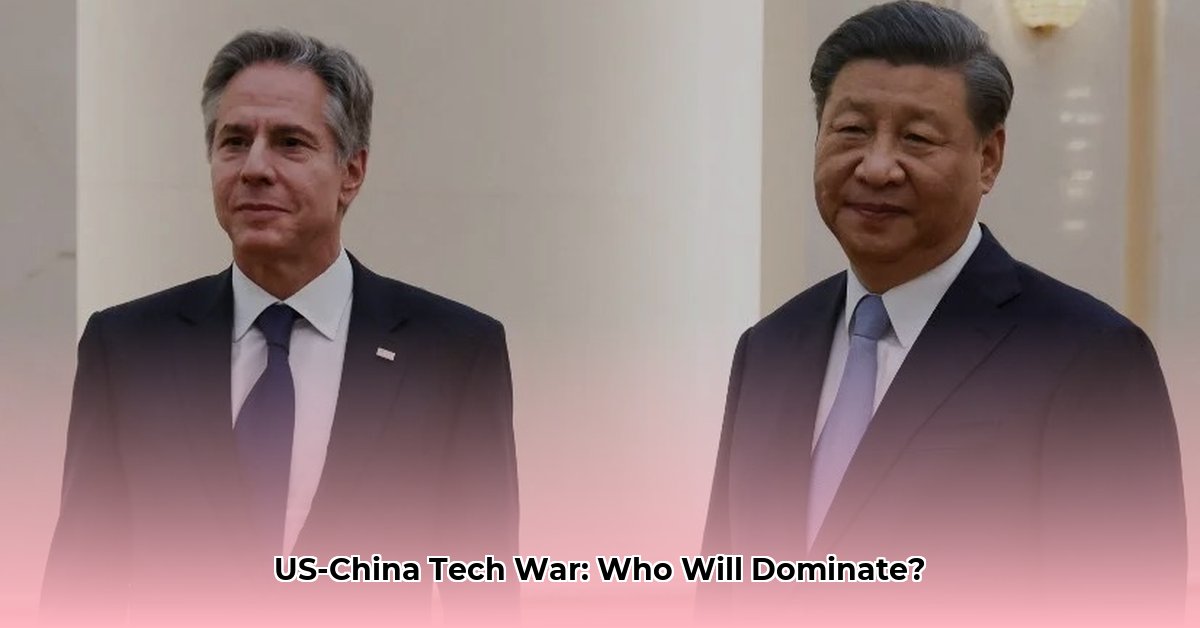At a Glance
| Feature | Detail |
|---|---|
| Official Name | United States of America |
| Capital | Washington, D.C. |
| Largest City | New York City |
| Population | (Current US Census Bureau Data) |
| Government | Federal republic, presidential system |
| Official Language | English ( de facto) |
[Insert US Flag Image Here]
[Insert Map of the United States Here]
Current Events (Regularly Updated)
- [Date]: [Concise summary of a major news story, with source.]
- [Date]: [Concise summary of another major news story, with source.]
- [Date]: [Concise summary of a third major news story, with source.]
Government and Politics
The US government operates under a federal republic and presidential system. Power is divided among three branches:
- Executive: Headed by the President, responsible for enforcing laws.
- Legislative: Congress (Senate and House of Representatives), responsible for making laws.
- Judicial: Supreme Court and lower federal courts, responsible for interpreting laws.
The two main political parties are the Democratic Party and the Republican Party. Current political discourse often revolves around issues such as [mention 2-3 current key political issues, e.g., healthcare, climate change, economic policy].
Economy
The US has the world’s largest economy by nominal GDP. Key industries include [list a few key industries, e.g., technology, healthcare, finance, manufacturing, agriculture]. Recent economic trends suggest [mention a current economic trend, e.g., growth in the tech sector, challenges in manufacturing, discussions around inflation]. The US dollar remains the world’s dominant reserve currency. [Insert chart/graph visualizing economic data like GDP growth or unemployment rate, if available.]
Demographics
With a population exceeding [current Census Bureau data], the US is a highly diverse nation. Population growth is influenced by factors like [mention key demographic trends, e.g., birth rate, immigration, internal migration]. The largest states by population are [list the top 3-5 states].
A Brief History of the United States
From its founding in the late 18th century to its current status as a global superpower, the US has undergone periods of significant transformation. Key moments include [mention a few key historical periods/events, e.g. the American Revolution, the Civil War, the Civil Rights Movement, World War II]. [Consider adding an image representing a significant historical moment.]
Culture
American culture is a melting pot of influences, reflecting the country’s diverse history and population. Major cultural contributions include [mention a few key cultural areas, e.g., literature, music, film, sports]. [Consider adding images representing aspects of American culture, such as a landmark or a cultural icon.]
Frequently Asked Questions (FAQ)
- What are the main political parties in the US? The two major parties are the Democratic Party and the Republican Party.
- What are the largest states by population? [List the top 3-5 states with current data.]
- What type of government does the US have? A federal republic with a presidential system.
The US in the 21st Century: Challenges and Opportunities
The US faces many complex challenges in the 21st century, including [mention a few key challenges, e.g., climate change, economic inequality, social divisions, healthcare reform]. However, the country also has significant opportunities for growth and innovation, particularly in fields like [mention a few promising areas, e.g., renewable energy, biotechnology, artificial intelligence]. This is an ongoing area of development and predictions about the future must be made cautiously.
US-China Relations in a Global Context
The US and China have a complex relationship marked by both cooperation and competition. Technological rivalry is a significant aspect of this dynamic, as both countries strive for leadership in areas like artificial intelligence, 5G, and semiconductor manufacturing. Tensions around trade, intellectual property, and national security further complicate the relationship. There is ongoing research and analysis that may influence our current understanding of international relations.
Semiconductors and Global Supply Chains
Semiconductors, essential for numerous technologies, have become a focal point in the US-China rivalry. Both countries are investing heavily to become self-sufficient in semiconductor production and control a larger share of the global supply chain. This competition has potential implications for pricing, access to cutting-edge technologies, and the future of technological development. The impact of international trade agreements and evolving political relationships needs to be carefully evaluated to understand the future of this relationship.
5G and the Future of Connectivity
5G technology is another key area of competition. The US has expressed concerns about the security implications of using equipment from certain Chinese companies in 5G infrastructure. This has led to restrictions and efforts to diversify supply chains for 5G components. The long-term impact of 5G development on global connectivity and technological innovation is an important area of ongoing research.
Artificial Intelligence and Geopolitical Power
The competition in artificial intelligence (AI) extends beyond commercial applications to national security and geopolitical power. Both the US and China are investing heavily in AI research and development, recognizing its potential to revolutionize industries and provide strategic advantages. The different approaches of the two countries — with the US relying more on private sector innovation and China on a more centralized, government-led approach — may shape the future of AI development and its global impact. Ethical considerations and regulatory frameworks surrounding AI are also important and require further investigation.
[Photo of the White House]







